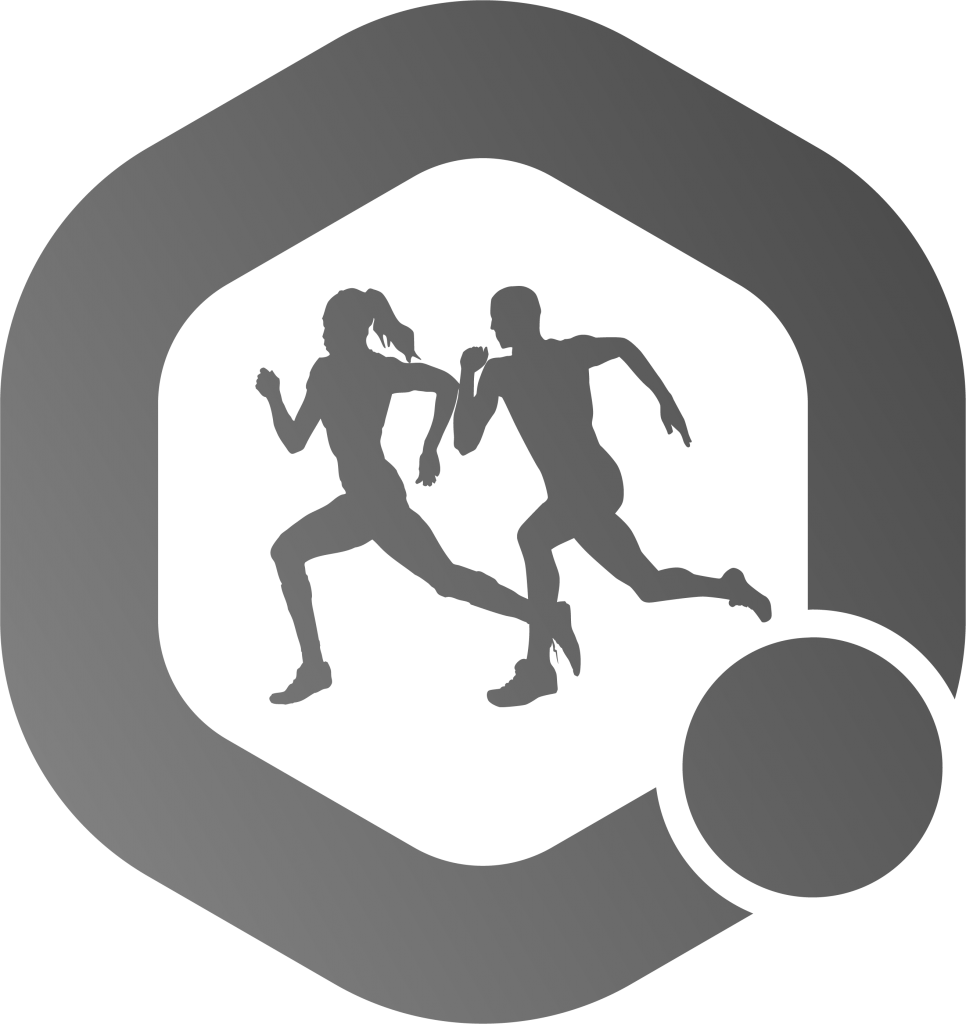Today, the culture of sports is broad enough for people to know that there is a professional dedicated to diagnosing and treating different types of trauma. There is a range of processes in the adaptations of the locomotor system until reaching an injury itself, where the physiotherapist will give a personalized recovery program to the patient.
The main role of the physical therapist
- Know the athlete in their speciality to prevent injuries
- Treat the injury when it occurs
- Readaptation of the injury to the sport - in particular - to the sporting gesture
- Psychological support to face the road to recovery
Most frequent injuries or pathologies in athletes
- Muscle injuries: They can occur in some or all muscle fibres, being of the first, second, or third degree. They are caused by excess load or force during physical activity and are usually very painful. They are classified between:
- Tear: When muscle fibres break
- Contracture: Due to an involuntary muscle contraction, the muscles stiffen
- Stretching:Excessive elongation of muscle fibres
- Joint injuries: They tend to be more complex since fractures, chondromalacia, or osteochondritis can occur. These traumas affect:
- Ligaments
- Bones
- Cartilage
- Tendons
- Stock exchanges
- Synovial membrane
- Tendon injuries: They can be caused by multiple causes that affect the tendons, either by contusions, improper regular movements, use of inappropriate shoes or materials, etc. Among the most common we can mention:
- Tendinitis
- Enthesitis
- Dislocations
- Partial break
- Total break
- Spine: Constituted a bone structure (vertebrae and intervertebral discs) and a fibrous structure (ligaments and muscles), it can be damaged by sports practice causing injuries such as contusions, strains, contractures, etc., and can be of two types:
- Hyperkyphosis: Curvature in the dorsal part
- Hyperlordosis: Curvature in the lumbar part
Sports injury diagnosis
Sports injuries are diagnosed following the classical scheme of medicine that is not exclusive - for example - to sports traumatology.
First of all, a good medical history is required, how or under what circumstances an athlete was injured, an examination of the locomotor system (joint and muscular), followed by an imaging study that helps to make a more accurate diagnosis of an injury.
What are treatment and rehabilitation?
The treatment of a certain trauma will depend on its nature, whether it was accidental or traumatic, such as an overuse injury. For this, symptomatic treatment is used aimed at mitigating the painful and inflammatory symptoms, to then continue with a high-spectrum treatment that includes several techniques that the physiotherapist will apply.
|
Therapeutic tools This type of physiotherapeutic treatments includes the use of certain methods and tools such as: |
|
|
Mesotherapy |
Joint manipulative physiotherapy |
|
Pressotherapy |
Dry needling |
|
Manual lymphatic drainage |
Functional bandages |
|
Kinesitherapy |
Kinesiology tape |
|
Electrotherapy |
Myofascial techniques |
|
Thermotherapy |
Hydrotherapy |
Importance of sports rehabilitation
It should not only be viewed from a passive point of view, for example from a stretcher, but from a process that requires the application of different workloads.
The basic objectives of each treatment are to regain muscle strength and reach levels before the injury and even above, re-educate the sporting gesture and re-establish correct proprioception.
Prevention
We must also take into account some factors to prevent injuries such as:
|
Extrinsic factors |
Intrinsic factors |
|
They depend on each sport |
Psychological state |
|
Depend on environmental conditions |
Previous injuries and inadequate recovery |
|
Equipment: protections, footwear, surface |
Biomechanical and anatomical aspects |
|
Training loads, competition pace, and workload |
General health and Age |
Summarizing
Physical therapy helps athletes to prevent, treat and control injuries that occur throughout their sporting life, whether due to blows, bad habits, or inappropriate practices that greatly limit mobility and stability.
Always remember to consult a professional in the field for advice on the best methods to relieve pain and discomfort of the musculoskeletal system. Visit Miracle Rehab Clinic blog to find out the questions you must ask your therapist.
The human body is the most important thing we have and we must learn to take care of it.

